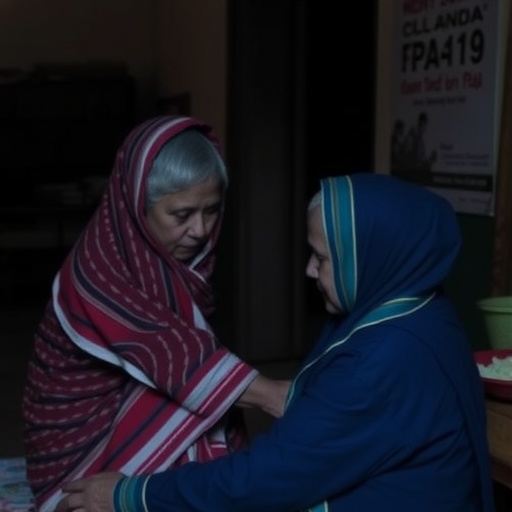Primary care dissemination and implementation science has focused on evaluating strategies to help practices implement evidence-based care to achieve quality metrics and meet policy requirements. For many practices, this “outside in” approach has had unintended consequences including disempowerment, limited success, and burnout from burden, disruption and moral distress. Three cases reveal that it is possible for some primary care practices to shift the direction of change by seizing ownership of their care and prioritizing the craft of family medicine. In all three cases, practice founders were unable to match their practice to their values because of conventional financing systems and commercial electronic health records. Each developed a business model that circumvented the limitations of fee-for-documentation and pay-for-performance. Clinical care and business models differed between the practices, but all three succeeded in shifting the source and directional emphasis of change from outside-in to inside-out. The authors explain that, based on these examples, they are re-imagining the science of dissemination and implementation, from helping practices comply with externally-sourced evidence and recommendations to empowering practices to discover and enact their own wisdom in a challenging environment. Based on an inside-out approach, they posit a number of questions for future research: What would it look like to start interventions from the inside-out, helping practices reflect on their vision and craft? What if researchers helped practices learn to develop congruent sensing tools and measures, innovative business models, and innovative interactions with the external environment including managing up if owned by a health system How can researchers better engage practices and patients in developing new evidence? Such questions, spurred by the examples of three pioneer practices, could open a new frontier in the science of dissemination and implementation and inform better health policy, the authors state.
###
Shifting Implementation Science Theory to Empower Primary Care Practices
William L. Miller, MD, MA, et al
Lehigh Valley Health Network, Allentown, Pennsylvania
http://www.
Media Contact
Janelle Davis
[email protected]




